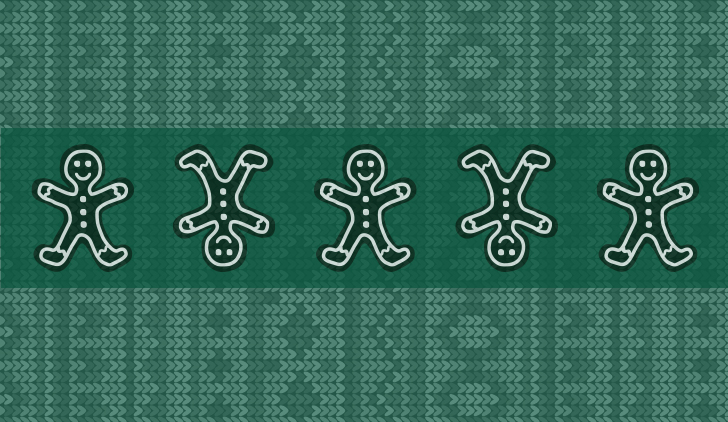
Gingerbread
While ginger was originally used as an ancient Chinese medicinal spice, it spread to European royalty by the Middle Ages. Queen Elizabeth I is credited with starting the trend of decorating hard gingerbread cookies because she had some made to look like visiting dignitaries. The gingerbread houses we know and love today began in Germany during the 16th century — and the Brothers Grimm story of Hansel and Gretel may have played a factor in popularity.
Candy canes
A stocking necessity, candy canes date to the 17th century, around the time Europeans began decorating Christmas trees with food and candy. The original candy cane wasn’t a cane at all but shaped like a stick and white in color. The shape of the cane was added in 1670 to represent a shepherd’s staff. Stripes were introduced in the early 1900s, though the stories behind how stripes came to be added are still conflicting.
Bread pudding
In centuries past, people didn’t think twice about using stale bread. In fact, bread pudding was invented as a sweet way to avoid food waste. The first bread puddings included milk, stale bread and fat. Today, a version of the dish using fresh breads, vanilla, cheese or nuts is popular throughout the U.S., Mexico, Argentina, Puerto Rico and parts of Europe.
Fruit cake
Crusaders and hunters in Roman times and in the Middle Ages used early versions of fruit cake — at that time, pine nuts, raisins, barley and pomegranate seeds — to keep themselves full while away from home. In the 1400s, the British used dried fruits for their fruit cakes, with cakes full of nuts and fruit becoming popular in the 1700s.


